Crime Scene Practical: Forensic Investigation and Analysis Report
VerifiedAdded on 2022/09/06
|5
|1044
|16
Practical Assignment
AI Summary
This crime scene practical assignment details the forensic investigation of a murder case, focusing on the analysis of evidence collected from the scene. The student, working within a team, was assigned specific roles including evidence collection, photography, sketching, and crime scene management. The assignment highlights the importance of proper evidence handling, including the careful packaging of blood-stained items and the detection of fingerprints. The student selected key exhibits such as blood stains, fingerprints on a beer bottle and plastic bag, a door handle, and a silver memory stick, and outlined the methods used to analyze them. The report emphasizes the roles of each team member and the importance of collaboration in a forensic investigation. The assignment also references key forensic science concepts and techniques such as blood pattern analysis, fingerprinting methods, and the use of photography in crime scene reconstruction. The student also highlighted the importance of each exhibit and how they could be used to identify the suspect and the murder objective.
1 out of 5
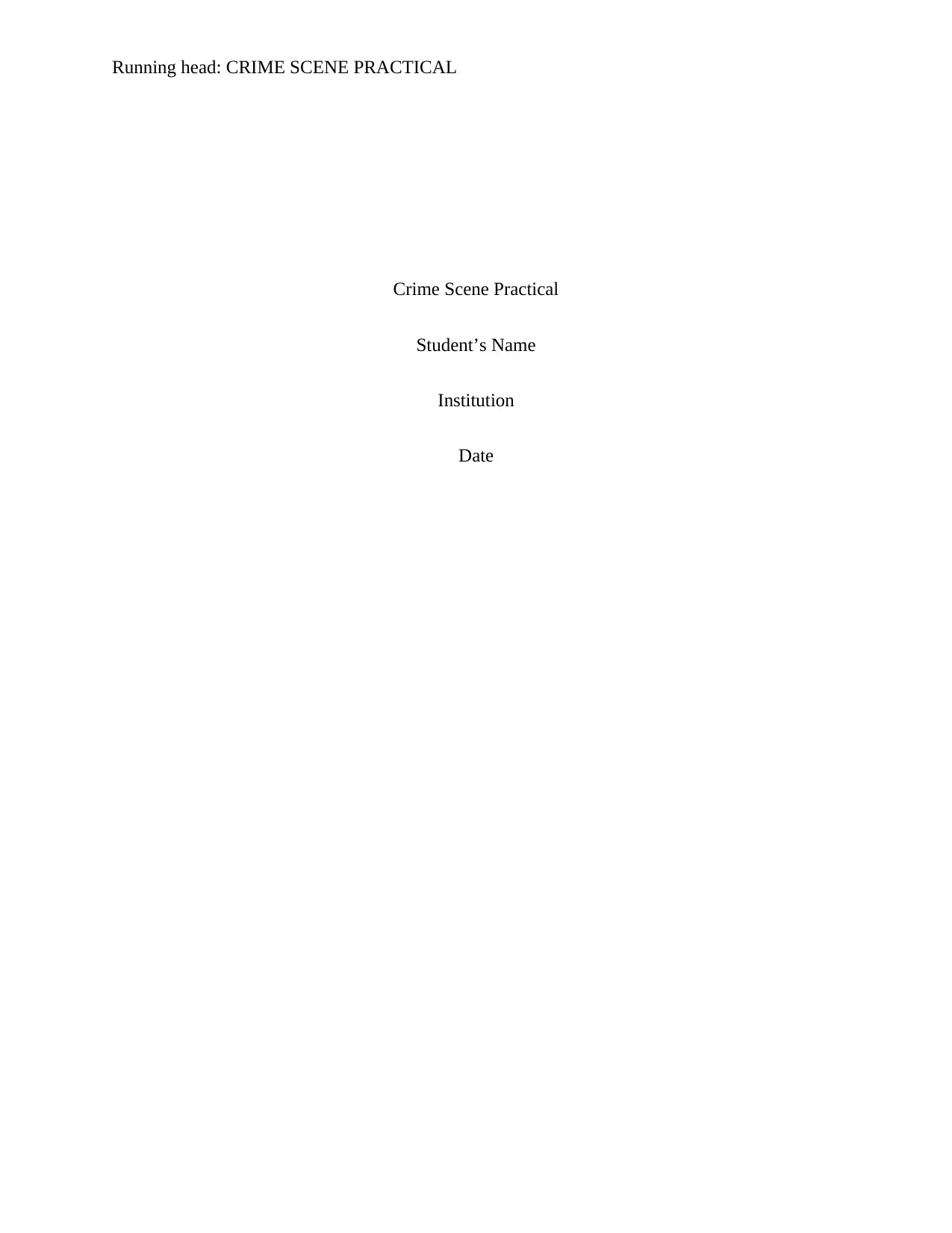
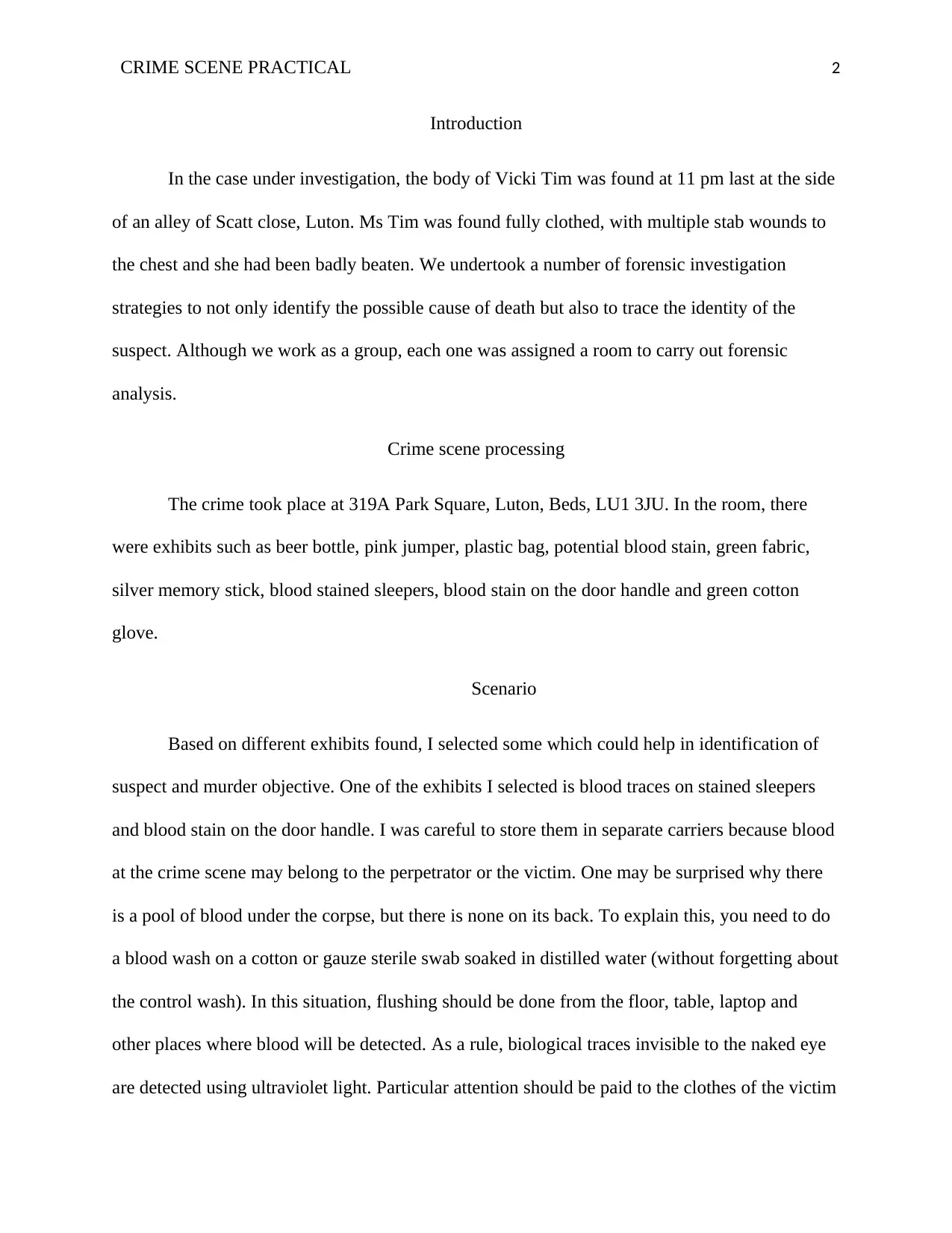
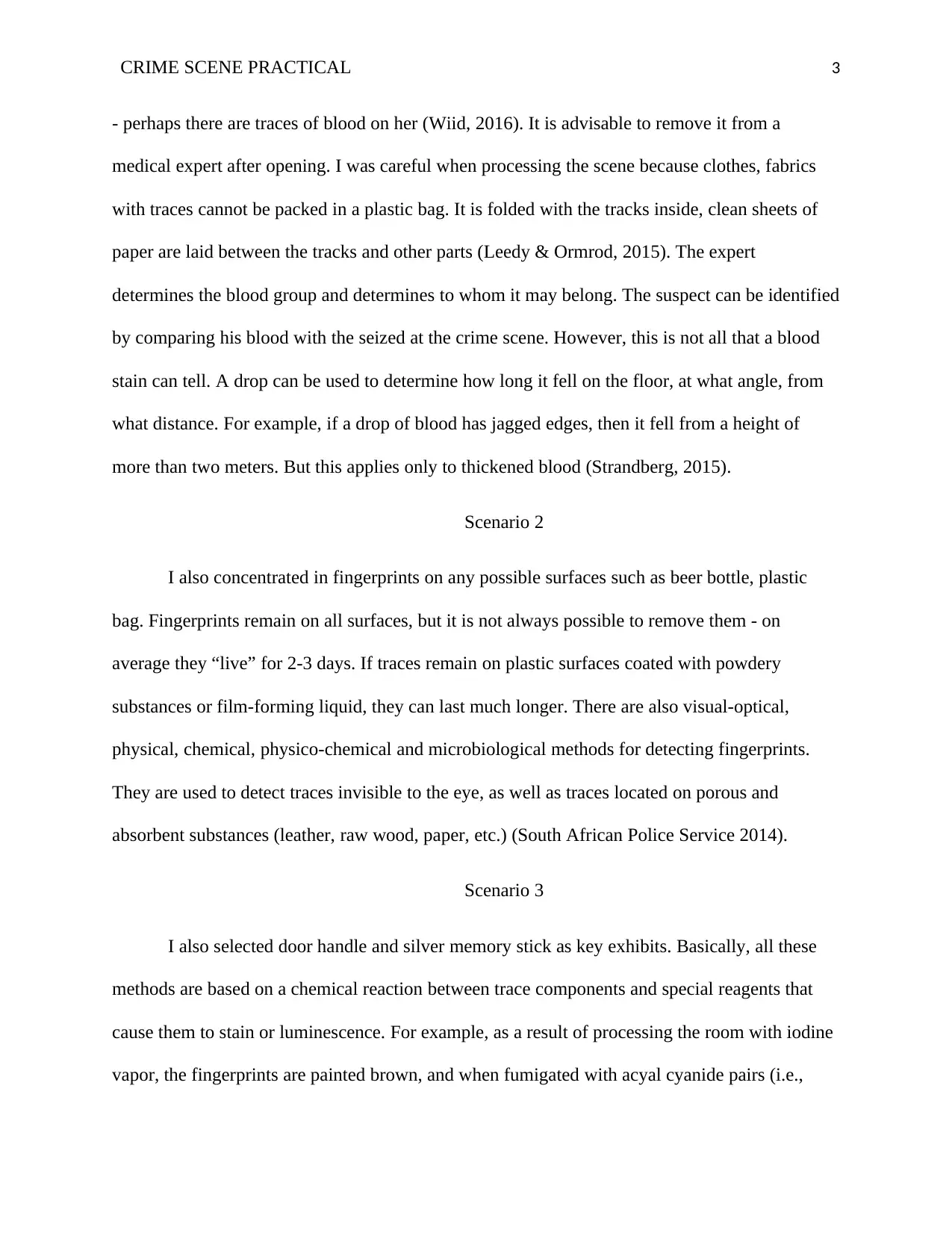

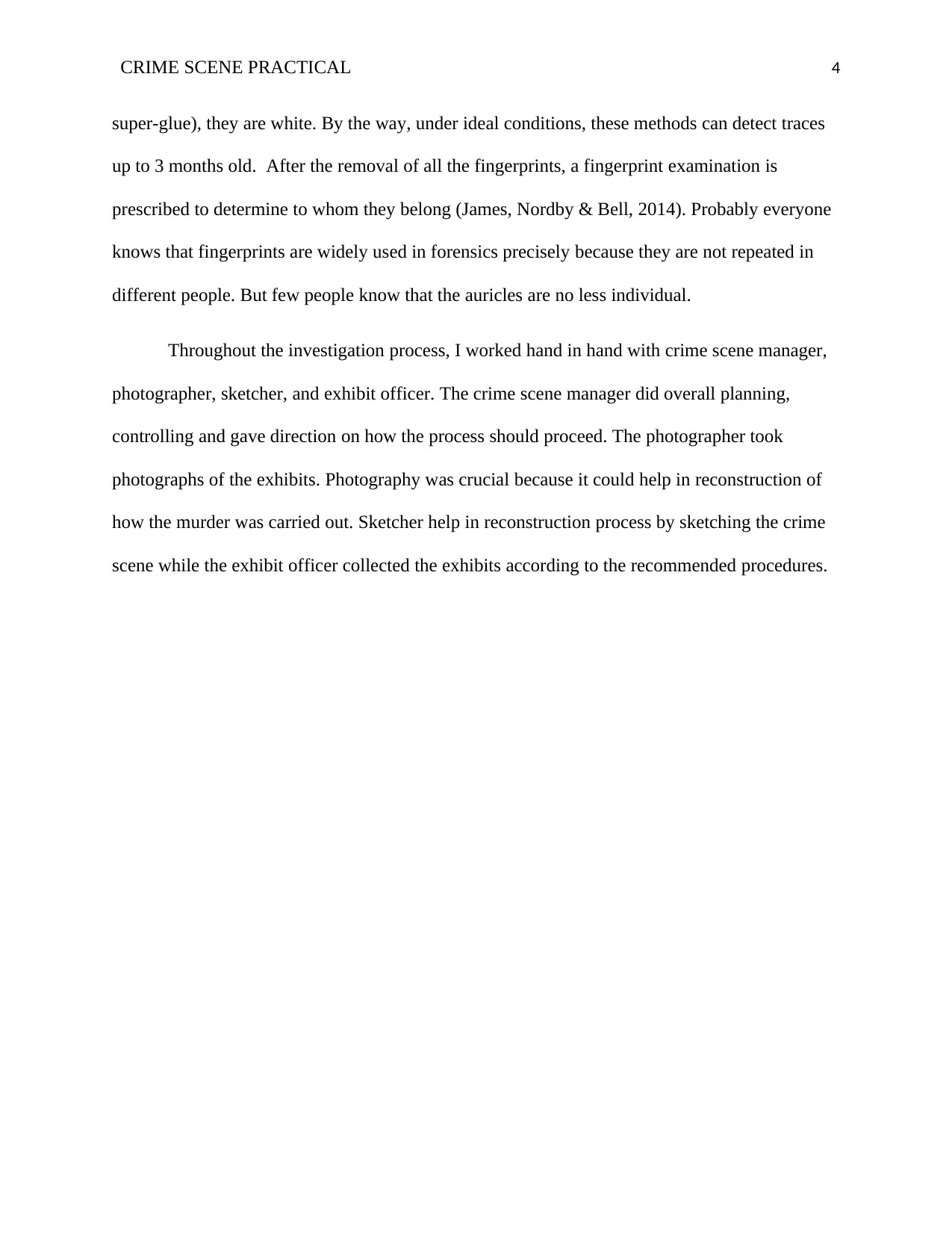
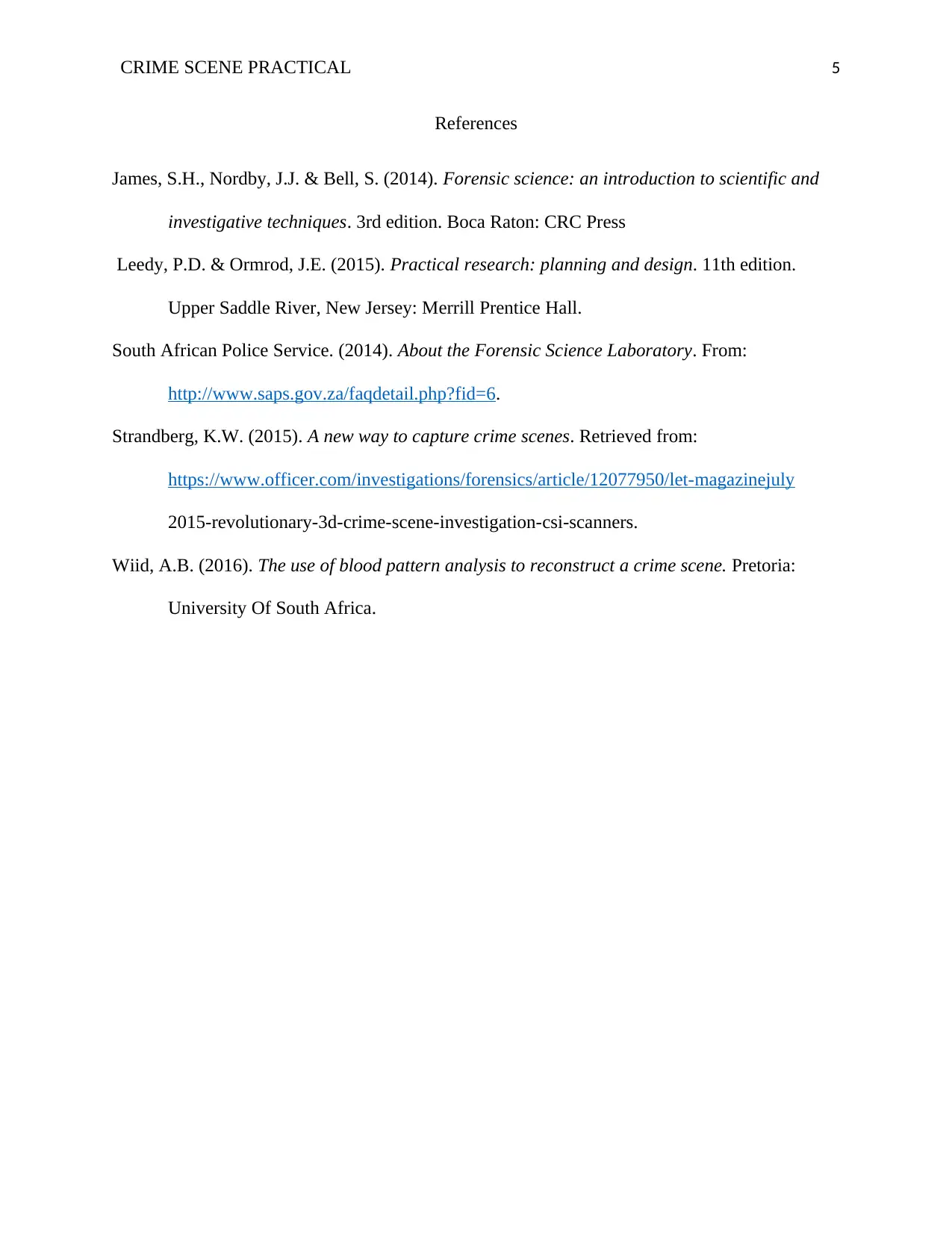
![[object Object]](/_next/static/media/star-bottom.7253800d.svg)